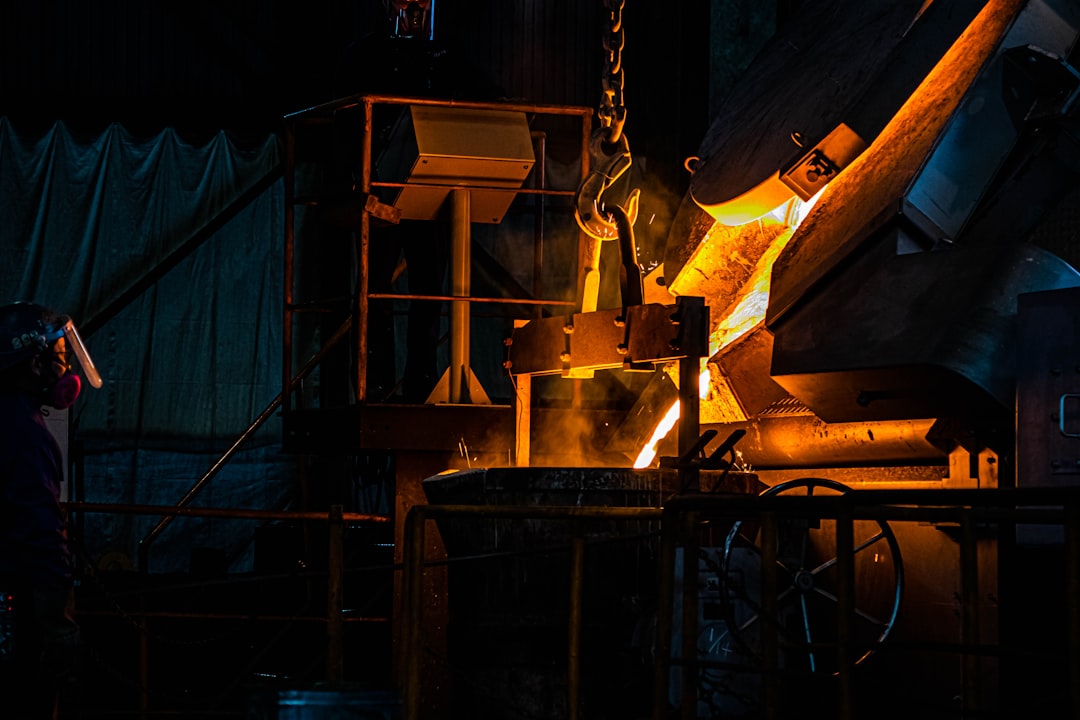The steel industry is the backbone of countless modern constructions and technologies. Ensuring the quality, safety, and reliability of steel products is paramount. This is where the American Society for Testing and Materials (ASTM) standards come into play. ASTM compliance is not merely a regulatory requirement; it’s a commitment to excellence, guaranteeing consistent performance and minimizing risks across the entire steel production lifecycle.
Understanding ASTM Standards in Steel Production
ASTM International develops and publishes voluntary consensus standards for materials, products, systems, and services. Within the steel industry, these standards cover a vast range of aspects, from chemical composition and mechanical properties to testing methods and dimensional tolerances. Adherence to these standards ensures that steel produced meets predefined specifications, facilitating interchangeability and reliable performance across different manufacturers and applications. These standards are crucial for everything from the raw materials used in steelmaking to the final product’s quality and consistency.
Chemical Composition and ASTM: Ensuring Purity and Performance
One of the most critical aspects of ASTM compliance in steel production is controlling the chemical composition of the steel. Different ASTM standards specify allowable ranges for various elements like carbon, manganese, silicon, phosphorus, sulfur, and others. These elements significantly influence the steel’s properties, such as strength, hardness, weldability, and ductility. Precise control over chemical composition is achieved through rigorous testing at various stages of production, using techniques like spectroscopy and chemical analysis. Deviation from the specified chemical composition can lead to significant performance issues and compromise the integrity of the final product. Meeting ASTM requirements in this area ensures the steel’s suitability for its intended application.
Mechanical Properties and ASTM: Testing for Strength and Durability
Beyond chemical composition, ASTM standards define specific mechanical properties that steel must possess. These properties, such as tensile strength, yield strength, elongation, and hardness, are determined through standardized testing procedures outlined in various ASTM specifications. Tensile testing, for example, measures the steel’s ability to withstand tensile forces before failure. Hardness testing evaluates its resistance to indentation. These tests are crucial for verifying that the steel meets the required strength and durability for its intended application, ensuring its structural integrity and longevity. Non-compliance in this area can lead to structural failures with potentially catastrophic consequences.
ASTM Compliance and Quality Control in Steel Manufacturing
ASTM compliance is not a one-off process; it’s an integral part of a robust quality control system. Throughout the steel production process, from raw material inspection to finished product testing, adherence to ASTM standards is meticulously monitored. This involves regular testing at various stages, detailed record-keeping, and a commitment to corrective actions when deviations are detected. A comprehensive quality control system, aligned with ASTM guidelines, helps identify and rectify any issues early on, minimizing waste and ensuring consistent product quality. Implementing statistical process control (SPC) methods can further enhance the effectiveness of quality control measures.
The Importance of Certification and Traceability in ASTM Compliance
Demonstrating ASTM compliance often requires third-party certification. Independent testing laboratories verify that steel producers adhere to the relevant standards, providing assurance to customers about the quality of the material. Traceability is another crucial aspect. Steel producers need to maintain detailed records of the entire production process, allowing them to trace the origin and history of each batch of steel. This is vital for identifying the cause of any quality issues and ensuring accountability. Certification and traceability systems provide transparency and confidence in the quality and reliability of the steel products, enhancing trust among stakeholders.
In conclusion, ASTM compliance is not just a regulatory hurdle; it’s a fundamental aspect of responsible and sustainable steel production. By adhering to these standards, steel producers demonstrate their commitment to quality, safety, and reliability, ultimately contributing to the safety and success of the numerous industries that rely on steel.
SEO-Friendly Tags:
- ASTM Steel Standards
- Steel Quality Control
- ASTM Compliance in Manufacturing
- Steel Material Testing
- ASTM Certification




